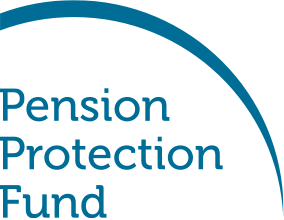Effective risk management not only helps us to mitigate risk, but also to make the most of opportunities and take risk. Risk management is integral to the delivery of our strategic plans, including our sustainability strategy.
Risk identification and evaluation is a key part of our strategic and operational planning process. Our plans evolve in the light of consideration of the external landscape, our internal risk profile and our risk appetite. We continually review the external landscape to identify new and emerging risks.




